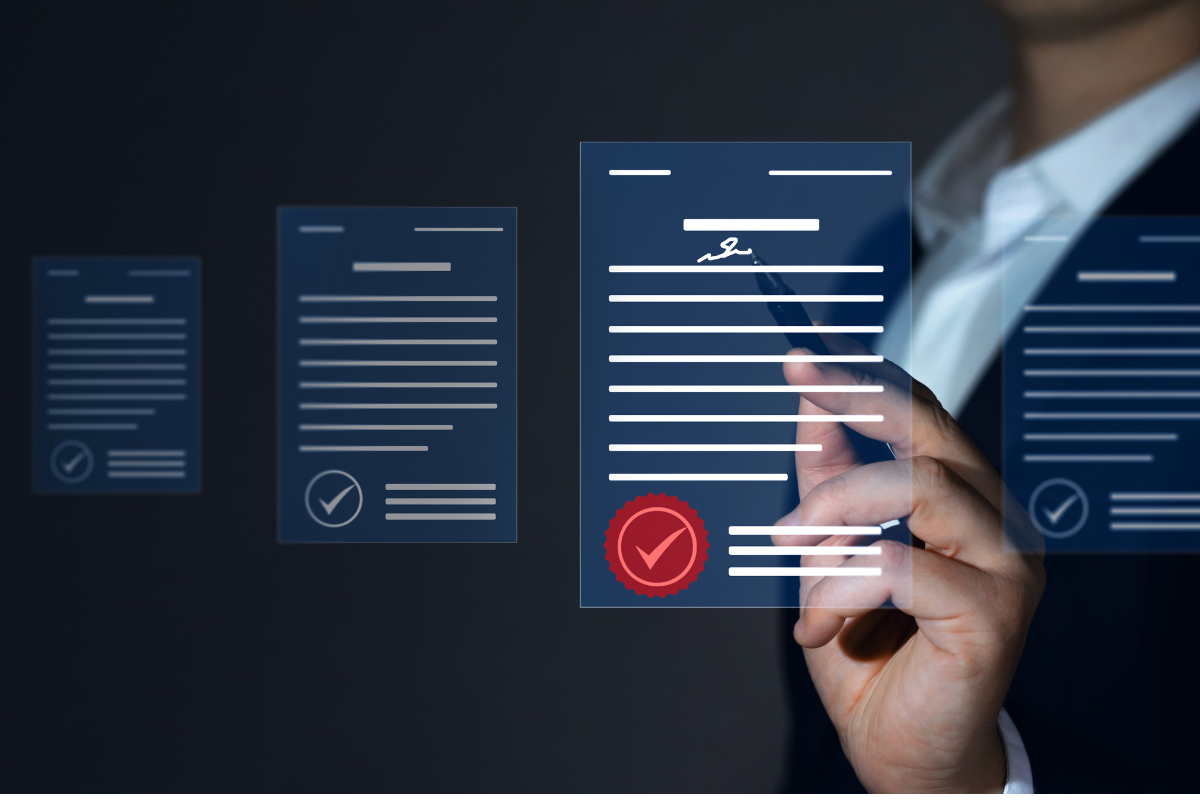In today’s increasingly digital world, document authentication is evolving. The rise of the e-apostille is transforming how businesses handle international paperwork. But how does it compare to the traditional apostille, and which one should you use?
Whether you’re dealing with legal, academic, or business documents, understanding the distinction between an e-apostille and a traditional apostille is critical for ensuring international compliance. Knowing the differences helps ensure your documents are recognized and accepted in the country where they’re needed, avoiding unnecessary delays or rejections.
What Is an Apostille?
An apostille is a certificate that authenticates the origin of a public document, such as a birth certificate, marriage license, or legal agreement. It is used internationally and is accepted in countries that are members of the Hague Apostille Convention. It serves as a passport for your documents, facilitating their smooth and legal movement across borders.
The traditional apostille is issued as a physical certificate, often stamped or attached to the original document. It must be handled manually, either by mail or in-person pickup, and may take a few days depending on the issuing office. While reliable, it’s less efficient in today’s fast-paced, digital environment.
What Is an E-Apostille?
An e-apostille is the digital version of the traditional apostille. It is issued electronically, digitally signed, and often provided as a secure PDF or XML document. The e-apostille system was introduced by the Hague Conference under the e-APP (electronic Apostille Program) to modernize and streamline the document authentication process.
Instead of dealing with physical copies, you can receive and send e-apostilles entirely online. They are tamper-proof, easy to verify through official government e-Registers, and significantly faster to obtain. This makes them especially useful for individuals and businesses needing to share authenticated documents quickly across borders.
Comparing the E-Apostille and Traditional Apostille
Comparing the e-apostille and traditional apostille side by side reveals the convenience that the digital version offers. The e-apostille allows users to bypass the logistics of handling paper documents, saving time and reducing the risk of lost paperwork.
Traditional apostilles remain widely recognized and are essential for jurisdictions or cases where a physical document is still preferred. However, as digital transformation accelerates, more countries are making e-apostilles their standard method.
The Growing Momentum Behind E-Apostilles
The global adoption of e-apostilles continues to accelerate as governments modernize their authentication systems. Under the Hague Apostille Convention, all member countries are obligated to accept e-apostilles, ensuring legal recognition and reliability.
Countries such as Spain, the United Kingdom, Denmark, and Brazil are leading by example, issuing high volumes of e-apostilles through streamlined and secure platforms. In the United States, several state authorities have implemented e-apostille solutions, with others actively advancing their digital capabilities.
Choosing between an e-apostille and a traditional apostille depends on your specific needs and the nature of the document being authenticated. Opting for the e-apostille can save time, simplify logistics, and reduce paper waste.
Need Apostille Services You Can Trust?
WCS offers seamless support for both e-apostille and traditional apostille services. Our experienced team ensures your documents meet international standards—quickly and reliably.
Get started with WCS apostille services today and ensure your documents are ready for global use.
Key Takeaways
- Both the e-apostille and traditional apostille validate documents for international recognition.
- E-apostilles offer faster, more secure, and eco-friendly processing.
- Governments worldwide are actively adopting e-apostille systems.
- Leading e-apostille issuers include Spain, the United Kingdom, Denmark, and Brazil.


